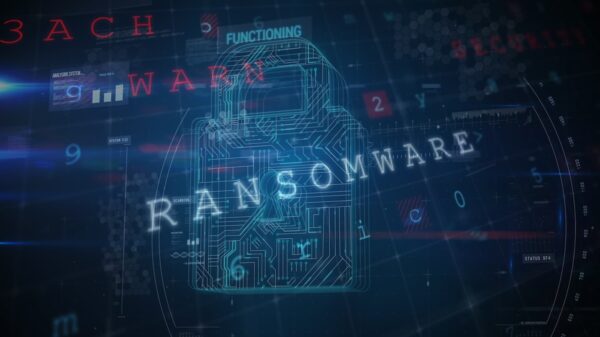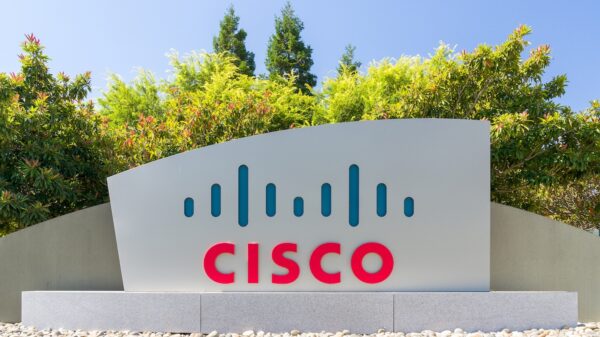Cisco’s Talos security researchers warn of a newly identified attack framework and its associated remote access trojan (RAT) targeting Windows, Linux, and macOS systems.
Dubbed Alchimist and already used in the wild, the attack framework is implemented in GoLang, the same as the Insekt RAT that it implants on compromised systems.
The attack framework provides a web interface written in simplified Chinese that allows operators to generate and deploy malicious payloads, establish remote connections, execute code on the compromised machines, and take screenshots.
As part of the observed Alchimist campaign, Cisco also identified various other post-exploitation tools, including a reverse proxy targeting macOS (frp), a custom backdoor, and other various off-the-shelf tools (such as psexec, netcat, and fscan).
Cisco also identified a Mach-O dropper packing an exploit for CVE-2021-4034, a privilege escalation vulnerability in Polkit’s Pkexec utility, as well as a Mach-O bind shell backdoor.
Alchimist, Cisco says, has almost the same set of features as Manjusaka, another recently identified self-contained framework, albeit the implementation is different, as well as the use of the uncommon protocol SNI in Alchimist, versus plans to use it in Manjusaka.
“They both have been designed and implemented to operate as standalone GoLang-based executables that can be distributed with relative ease to operators. The frameworks inside carry the implants and the whole web user interface. The implant configuration is defined using the Web UI (Web User Interface), which in both cases is completely written in Simplified Chinese,” Cisco explains.
Alchimist stores resources for functioning as a command and control (C&C) server in GoLang-based assets and allows users to generate PowerShell and wget code snippets targeting Windows and Linux.
When generating malicious payloads, users can provide parameters to specify the preferred protocol, C&C IP or URL, targeted operating system, whether the Insekt implant should run as a daemon, and predomain value for the SNI protocol.
The C&C server, Cisco explains, does not compile new Insekt binaries. Instead, based on the provided parameters, the Insekt implant is hot-patched in memory and then dumped on disk, after which it is served to the operator.
When initialized, the Insekt implant sets handlers for its seven main capabilities: get file size, fetch OS information, run commands via command prompt, upgrade the implant, run commands as a different user, sleep for specific periods of time, and take screenshots.
The RAT also checks the system’s internet connectivity, supports shellcode execution, port IP scanning, proxy connections, and SSH manipulation, can list the ‘.ssh’ directory on Linux, and can execute arbitrary commands on the operating system’s shell.
“Our discovery of Alchimist is yet another indication that threat actors are rapidly adopting off-the-shelf C&C frameworks to carry out their operations. […] The functionality of Manjusaka and Alchimist’s web interfaces exhibiting remote administration capabilities, performed through the RATs, signifies the plethora of functionalities packed into these C&C frameworks,” Cisco concludes.
Related: New ‘Shikitega’ Linux Malware Grabs Complete Control of Infected Systems
Related: Symantec: Super-Stealthy ‘Daxin’ Backdoor Linked to Chinese Threat Actor
Related: Chinese Researchers Detail Linux Backdoor of NSA-Linked Equation Group
















